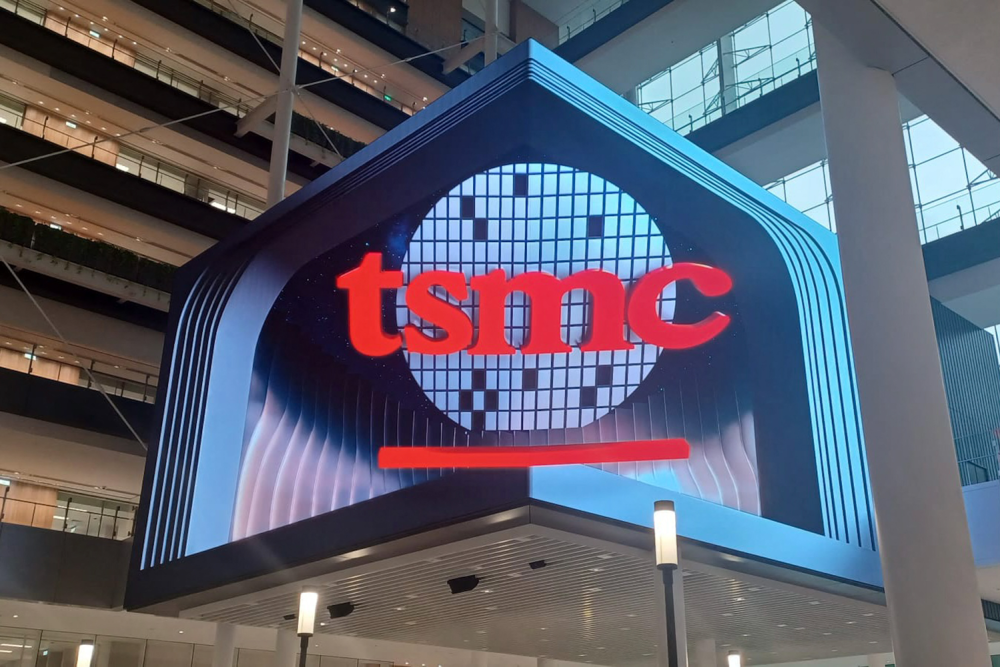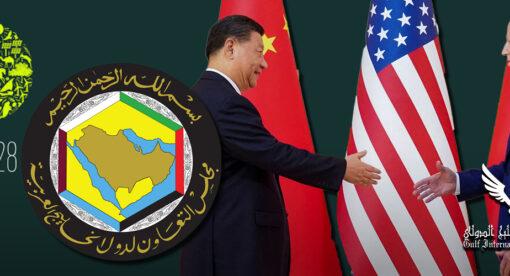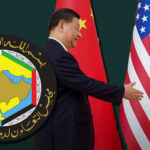In the U.S.-China tech standoff, supply vulnerabilities give Beijing leverage.
The U.S.-China standoff is heating up, especially in tech. The two countries have been increasingly targeting each other’s inputs and supply lines of semiconductors, the microchips that are crucial to the modern economy and have diverse applications, from artificial intelligence development to military operations. There is one element of this competition that could have unexpected and potentially pivotal consequences: Taiwan and its energy supply vulnerabilities.
Following the momentous decision by the United States to place export controls on advanced semiconductor and AI technologies to China back in October 2022, Beijing banned purchases of chips from U.S. producer Micron in May and has hampered corporate mergers involving U.S. semiconductor companies that work in Chinese markets. Japan and the Netherlands joined the United States in adopting export controls on crucial semiconductor manufacturing equipment to China earlier this year, and Beijing most recently announced export licensing requirements on gallium and germanium—two important elements used for semiconductors, the mining of which China dominates—that are set to come into effect on Aug. 1.
One critical centerpiece of this semiconductor competition between the United States and China is Taiwan. The island, primarily via the Taiwan Semiconductor Manufacturing Company (TSMC), produces 90 percent of the world’s most advanced chips. To stymie Beijing’s ambitious technological goals, Taiwan has been working with the United States to restrict Chinese access to these chips (as well as the advanced technologies that underpin them). These factors—in addition to the broader tensions between the United States and China over Taiwan’s security alignment with Washington and its overall political status vis-à-vis Beijing—make the island a particularly important element of the U.S.-China competition over semiconductors.
So far, the United States has had an advantage in this competition. China’s progress in developing its own advanced semiconductor manufacturing capabilities has been slower than Beijing had hoped, despite billions in investment from the state. But at the same time, Taiwan is vulnerable to China’s own restrictions, including exports of raw materials such as rare earth metals, which China also dominates and has proven to use as a tool of its foreign policy in the past.
Beyond these well-known vulnerabilities, there are other ways that Beijing could seek to influence Taipei, both in terms of its role in the semiconductor standoff and in line with China’s broader goal of “reunifying” with Taiwan. One option is a military intervention. A second option is to impose an economic blockade on the island. A third option is nationalizing TSMC’s operations in mainland China. Yet all of these options come with substantial risks of blowback, including the potential for sparking a direct military clash with the United States and/or a major economic recession, the latter of which could undermine the core legitimacy of the Chinese Communist Party.
Read the rest in Foreign Policy.













